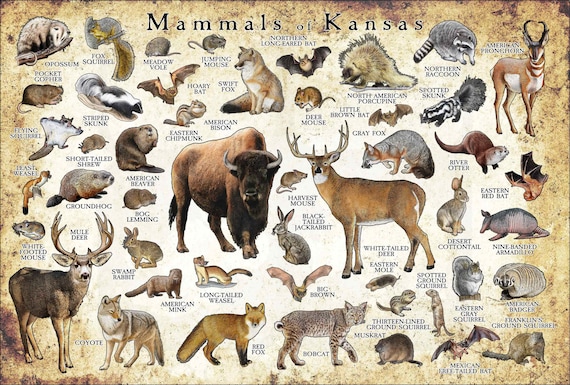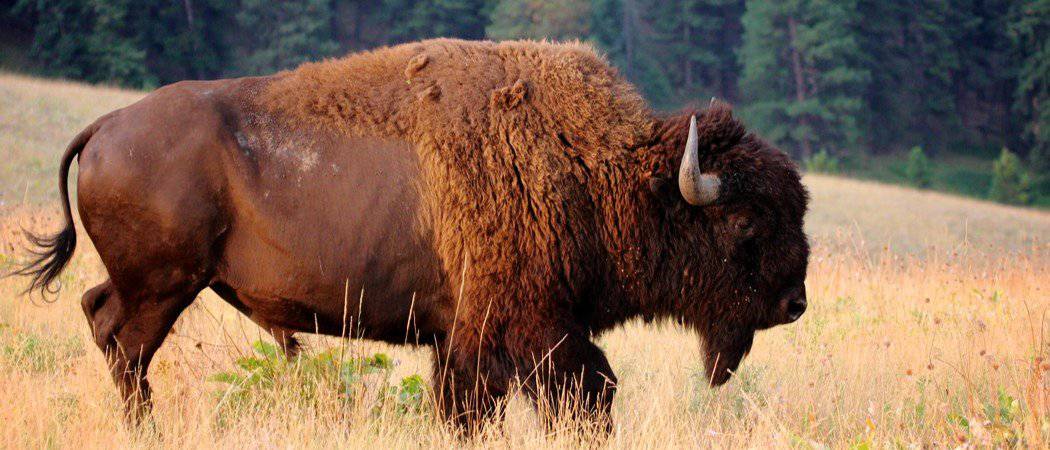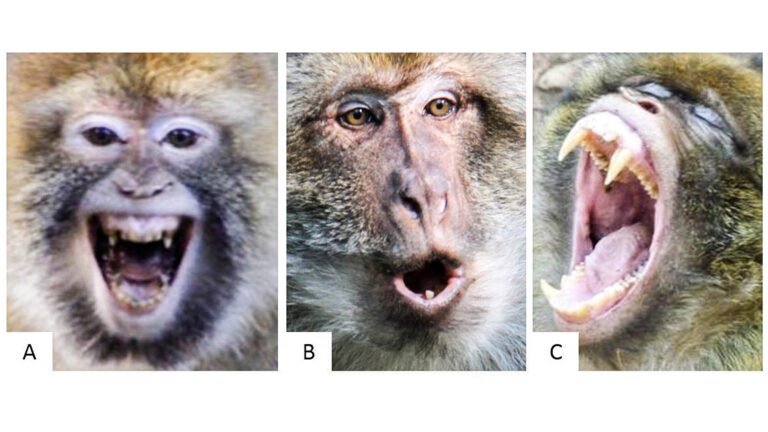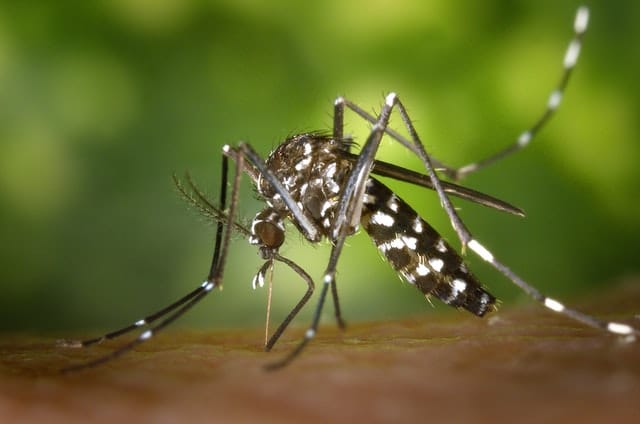Animals in Kansas
There’s no denying that Kansas is home to some pretty incredible wildlife. From the playful prairie dogs to the mighty bison, there’s something for everyone to enjoy. However, it’s not just the big animals that are worth your attention – Kansas is also home to a variety of smaller, more delicate creatures.
In this blog post, we’re going to take a look at some of the most interesting animals that call Kansas home.
There are many different types of animals that call Kansas home. From the iconic American bison to the more common white-tailed deer, there is no shortage of interesting creatures to be found in the state.
Of course, Kansas is also home to a wide variety of bird species, including several that are quite rare.
The whooping crane, for example, can occasionally be seen in the wetland areas of the state. And don’t forget about the prairie chicken – this colorful bird is a favorite among nature enthusiasts.
No matter what type of animal you’re interested in, you’re sure to find it in Kansas.
So get out there and start exploring!
Kansas Wildlife
Animals in Kansas City
There are many different animal species that can be found in Kansas City. Some of the more common ones include deer, raccoons, opossums, coyotes, and skunks. There are also a variety of birds, such as cardinals and blue jays.
The best place to see animals in Kansas City is at one of the many parks or nature reserves. Swope Park is a great option, as it has a variety of different trails that wind through the woods. There is also Lakeside Nature Center, which is home to several rescued animals, including owls and eagles.
If you’re hoping to spot some wildlife while you’re in Kansas City, your best bet is to head out into nature!
Kansas Mammals
Kansas is home to a variety of different mammals, including some that are quite rare. Here is a look at some of the more interesting Kansas mammals.
One of the most unusual mammals in Kansas is the American bison.
These massive animals once roamed across much of North America, but their numbers dwindled to near extinction by the late 1800s. Today, there are several herds of bison in Kansas, and they can be seen in several state parks and refuges.
Another interesting mammal is the black-tailed prairie dog.
These small rodents live in “towns” that can cover many acres of land. Prairie dogs are an important part of the grassland ecosystem, and their burrows provide homes for other animals such as snakes and owls.
Of course, no discussion of Kansas mammals would be complete without mentioning deer.
The white-tailed deer is the most common deer species in the state, and it can be found in nearly every county. Deer hunting is a popular pastime in Kansas, both for sport and for food.
Kansas also has its share of predators, including coyotes, bobcats, and mountain lions.
These animals help keep populations of smaller prey animals in check, which helps maintain a healthy balance in nature.
Animals in Nebraska
Did you know that Nebraska is home to a wide variety of animals? From the American bison to the whooping crane, there are many different species that call Nebraska home. Here are just a few of the animals that you might see if you’re lucky enough to visit our state.
The American bison is the largest land mammal in North America. These massive creatures once roamed across most of the continent, but today they are mostly found in parks and reserves. The closest place to see bison in Nebraska is at Fort Robinson State Park in western Nebraska.
Whooping cranes are one of the rarest birds in North America. These tall, white birds mate for life and travel in small groups or pairs. Whooping cranes spend their winters in southern coastal marshes and their summers in northern woodlands like those found in eastern Nebraska’s Platte River Valley.
If you want to see whooping cranes, your best bet is to visit one of Nebraska’s national wildlife refuges like Crescent Lake or Rowena Wetland Complex.
Pronghorn antelope are also known as “speed goats” because they can run up to 60 miles per hour! Pronghorn antelope live on open plains and grasslands like those found throughout central and western Nebraska.
You might spot a pronghorn while driving through one of our state parks or even out on a country road.
Endangered Animals in Kansas
The Flint Hills region of Kansas is home to some of the most endangered animals in the state. The prairie chicken, lesser prairie chicken, and black-footed ferret are all on the list of endangered species. The prairie chicken is a threatened species, while the lesser prairie chicken and black-footed ferret are both federally listed as endangered.
The Flint Hills region is one of the last remaining strongholds for these imperiled species. The tallgrass prairies of the Flint Hills provide critical habitat for the Lesser Prairie Chicken (LPC), a ground-dwelling bird that has experienced drastic population declines due to habitat loss and fragmentation. According to the U.S. Fish and Wildlife Service (USFWS), there are currently only an estimated 3,000 – 5,000 LPCs remaining in the wild.
The Black-footed Ferret (BFF) is another animal that calls the Flint Hills home. Once thought to be extinct, this small mammal was rediscovered in 1981 living on a ranch in Meade County, KS. Since then, conservation efforts have been underway to help this critically endangered species rebound from near extinction.
Today, there are an estimated 350 – 500 BFFs in existence with about half of those living in captivity at zoos and other facilities across North America.

Credit: www.etsy.com
What Big Animals are in Kansas?
There are a variety of big animals that call Kansas home. Some of the most popular include: bison, elk, deer, pronghorn, and bighorn sheep. While these are just a few of the many options, they provide some of the best opportunities to view large wildlife in their natural habitat.
Bison are perhaps the most iconic big animal in Kansas. These massive creatures can weigh up to 2,000 pounds and stand 6 feet tall at the shoulder. Bison once roamed freely across North America by the millions but were nearly hunted to extinction in the 1800s.
Today, there are several herds of bison that live in protected areas in Kansas such as Maxwell Wildlife Refuge and Tallgrass Prairie National Preserve. These sites offer visitors the chance to see bison up close and learn about their important role in the ecosystem.
Elk are another large animal that is often seen in Kansas.
These majestic creatures can weigh up to 1,000 pounds and stand 6 feet tall at the shoulder. Elk inhabit wooded areas throughout much of Kansas but are most commonly found in eastern portions of the state near Flint Hills National Grassland. While elk may be shy around humans, they are often seen grazing peacefully alongside other wildlife such as deer and pronghorn antelope.
Bighorn sheep are one of the largest members of the deer family and can weigh up to 300 pounds. These sheep live in rocky habitats where they use their strong hooves to climb steep slopes in search of food. In Kansas, bighorn sheep can be found inhabiting bluffs along rivers such as Cimarron National Grassland near Medicine Lodge.
Are Wolves in Kansas?
Yes, there are wolves in Kansas. The last known wild wolf in the state was killed in 1905, but there have been reports of sightings in recent years. The most likely place to see a wolf in Kansas is near the Nebraska border, where they sometimes cross over from neighboring states.
Are There Wolverines in Kansas?
No, there are not wolverines in Kansas. Wolverines are found in the northern hemisphere in North America, Europe, and Asia. In North America, they are found in Alaska, Canada, and the Rocky Mountains in the western United States.
Are There Lions in Kansas?
No, there are no lions in Kansas.
Conclusion
The Kansas Department of Wildlife, Parks and Tourism is asking for the public’s help in documenting sightings of animals around the state. The department has set up a website where people can report their sightings, and they’re hoping to use the information to get a better understanding of the state’s wildlife. So far, they’ve received reports of deer, elk, bighorn sheep, bison, pronghorn antelope and moose.







